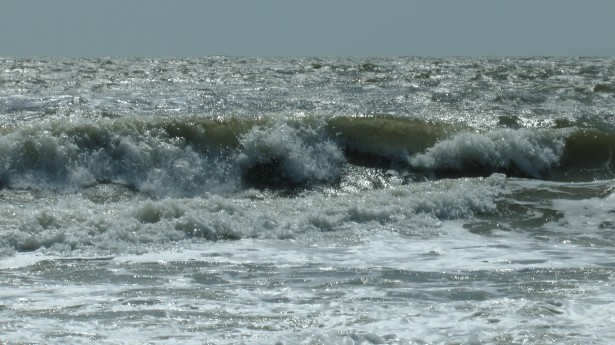There’s been a sudden interest in water desalination now that water needs are growing, especially in areas that suffer from droughts. Unfortunately, a wide-scale desalination would require tremendous amounts of energy, though.
However, engineers from the University of Illinois have discovered that the same technology that charges batteries for electronics could actually provide fresh water from salt water by running electricity through a salt water-filled battery to draw out the salt ions in the water.

“We are developing a device that will use the materials in batteries to take salt out of water with the smallest amount of energy that we can,” said Kyle Smith, mechanical science and engineering professor at the University of Illinois. “One thing I’m excited about is that by publishing this paper, we’re introducing a new type of device to the battery community and to the desalination community.”
The researchers got the idea for their device from sodium ion batteries, which contain salt water. Batteries have two chambers — a positive electrode and a negative electrode – as well as a separator in between that the ions can flow across. When the battery discharges, the sodium and chloride ions, the main components of salt, are drawn to one chamber, leaving desalinated water in the other.
Since ions will diffuse back and forth when current flows, the researchers needed to figure out how to keep the salt water out of the purified water.
“In a conventional battery, the separator allows salt to diffuse from the positive electrode into the negative electrode,” Smith said. “That limits how much salt depletion can occur. We put a membrane that blocks sodium between the two electrodes, so we could keep it out of the side that’s desalinated.”
For more information on how it works, watch the video below.
Currently, the most common method for desalination is reverse osmosis, which pushes water through a membrane that keeps out the salt. This method has proven to be quite costly and consumes a great deal of energy.
The new battery device can be made small or large to adapt to different applications. Reverse osmosis plants, on the other hand, must be very large to be efficient and cost effective, according to Smith. The new device requires less pressure and therefore, less energy and lower costs. In addition, the rate of water flowing through it can be adjusted more easily than other types of desalination technologies that require more complex plumbing.
Smith and graduate student Rylan Dmello have conducted tests to see how their device might perform with water that consists of high salt concentrations, like seawater. What they found was that it could recover about 80% of desalinated water. Now they will conduct experiments with real seawater.
“We believe there’s a lot of promise,” said Smith. “There’s a lot of work that’s gone on in developing new materials for sodium ion batteries. We hope our work could spur researchers in that area to investigate new materials for desalination. We’re excited to see what kind of doors this might open.”


Comments are closed, but trackbacks and pingbacks are open.